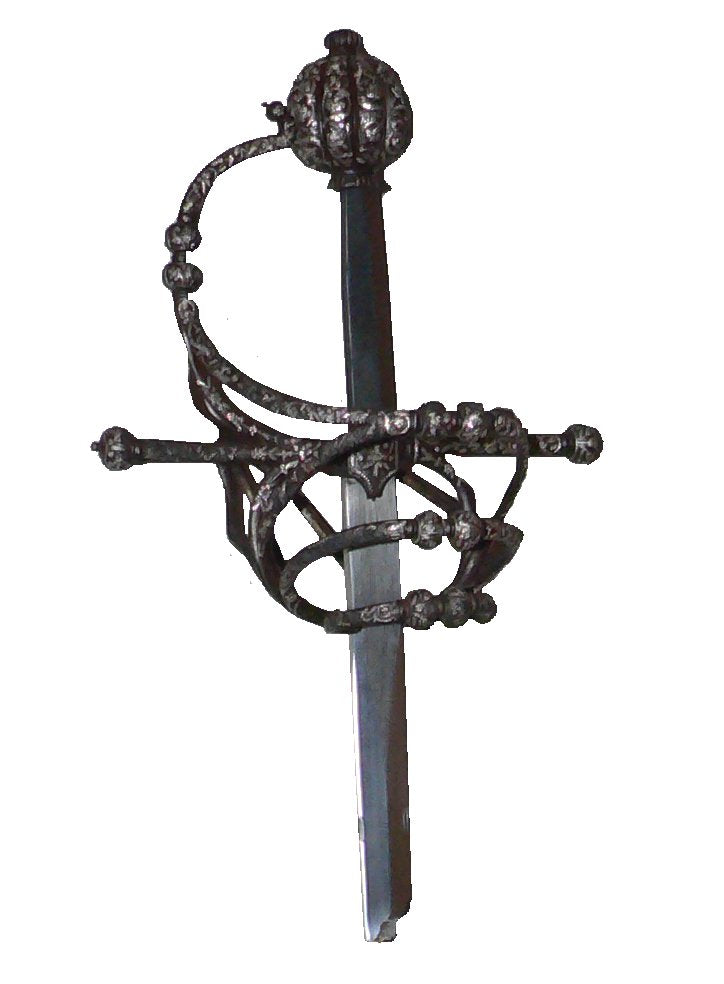Your Cart is Empty


It's not uncommon for swords to have one or more rings wrapping around the handle. Some people assume these rings are created strictly for aesthetic purposes, as they improve the visual appearance of swords. While rings do enhance the appearance of swords -- in some cases, at least -- there are other, more practical reasons for their use. So, what's the real reason that swords have rings on the handle?
Protection From Self-Injury
Traditional Japanese swords, as well as many Chinese and European swords, feature a cross guard at the top of the handle. Known as a tsuba, it consists of a circular- or square-shaped piece of metal that's located just above the user's hand or hands. The tsuba is designed to protect the user from accidental self-injury. Without this otherwise simple feature, a user's hand may slip while wielding or using the sword, thereby cutting him or herself on the blade. A tsuba protects against accidental self-injury such as this by creating a barrier between the user's hand and the sword's blade. It's only a small piece of metal, but it's an instrumental safety feature that bladesmiths continue to include in their swords today.
It Acts as a Counterweight
You'll also find that some swords feature a ring at the base of the pommel (the bottom of the handle). These rings generally aren't designed to protect against self-injury. Rather, they act as a counterweight so that individuals can perform heavier blows with greater ease.
Counterweights were important for certain swords, particularly those with large, long blades. If the top of a sword is too heavy, the user won't be able to pull it back up after performing a downward slash or even a thrusting attack. A counterweight like rings at the bottom of the pommel solved this problem by balancing the sword's sword.
Some Swords Had Rings for Ceremonial Purposes
In the past, some swords were designed with rings on the actual blade for ceremonial purposes. The Vikings, for example, would often design swords with one or more rings on the blade, which they'd use during ceremonies and rituals before battle. Historians believe that Viking warriors would swear an oath to these rings before engaging in combat.
Of course, not all swords have rings. The Japanese katana, for example, was rarely designed with rings. But in many cases, you'll find that other traditional Japanese swords, as well as Chinese and European swords, featured rings at the top of the handle, bottom of the pommel, or on the blade itself.